Source, by: Flags of the World






Flag of the Defense Forces,
ratio = 1:2,
Source, by: Flags of the World



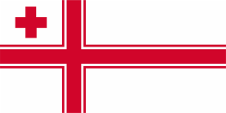
Naval flag,
ratio = 1:2,
Source, by: Flags of the World




Customs flag,
ratio = 1:2,
Source, by: Flags of the World



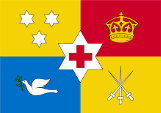
Flag of the Sovereign,
ratio = 26:37,
Source, by: Flags of the World



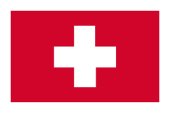
Flag of the Prime Minister,
ratio = 2:3 (?),
Source, by: Die Welt im bunten Flaggenbild




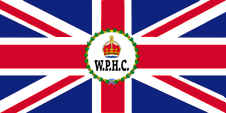
1905–1953,
Flag of Western Pacific High Commissioner,
ratio = 1:2,
Source, by: Flags of the World



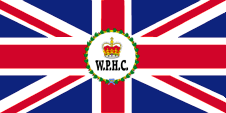
1953–1976,
Flag of Western Pacific High Commissioner,
ratio = 1:2,
Source, by: Flags of the World




ca.1850–1862,
Flag of Tonga,
Source, by: Flags of the World



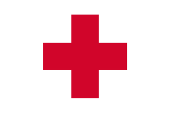
1862–1866,
Flag of Tonga,
Source, by: World Statesmen




The today's flag of Tonga was probably introduced in 1866 and was first confirmed by law (constitution) on 4th of November in 1875. It is not exactly known when this flag was introduced. Sources mention the years 1864, 1866 or even as late as 1875. The flag was created in 1862 – according to other sources in 1864 – by the British-born Prime Minister Reverend S. W. Baker and shows a red base bunting with a white upper corner, with a floating red cross inside, probably the British Red Ensign served as a model. The cross and the colour red symbolize the blood shed by Jesus Christ to redeem people. At least that is what King George Tupou I. (1797–1893), the father of the constitution, passed down. According to the 1875 constitution, the flag of Tonga may never be changed. Christian symbolism was brought into the flag of Tonga by King Taufa'ahau Tupou around 1850, a white flag with a blue and red monogram and four red and blue crosses. He united the then three kingdoms on the islands and adopted the Christian faith in 1831. The previous model, the flag introduced in 1862, featured only a single, large, floating red cross in the center. Supposedly the current design had to be introduced a few years ago in order to avoid a coincidence of this flag with the flag of the International Organization of the Red Cross (founded in 1863). The colours shown in most of the careful, multi-coloured reproductions of the flags of Tonga (sometimes also in the coat of arms) suggest that Tonga's colours and colour-shades are based on the British colour system, so that the British Ministry of Defense colour system would be used. This purports for red = Pantone 186 c, for medium blue = Pantone 300 c and for deep yellow = Pantone 116 c.
Source:
Die Welt der Flaggen,
Flaggen Wappen Hymnen,
Wikipedia (EN)

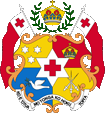
since 1862,
Coat of arms of Tonga,
Source, by: Corel Draw 4

The today's national and royal coat of arms was designed in 1862 by Prince Uelingatoni Ngu Tupou. It features a floating red cross in a six-pointed white central star. The four fields of the shield show: Field 1: three silver stars on gold (they represent the three original kingdoms on the islands), field 2: the royal crown on red (it stands for the monarchy), field 3: a silver dove with a myrtle branch on blue (symbol of peace and mission emblem), field 4: three crossing silver swords on gold (they also represent the three kingdoms united by King Taufa'ahau Tupou). Below is a banner with the country's motto on it: "Ko e 'Otua mo Tonga ko hoku Tofi'a." → "God and Tonga are my inheritance".
Source:
Die Welt der Flaggen,
Flaggen Wappen Hymnen

Location:
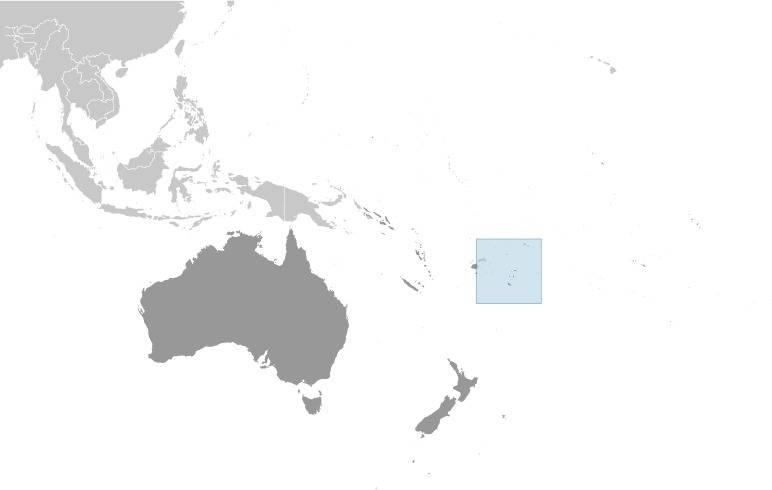
Source: CIA World Factbook
Map of the country:
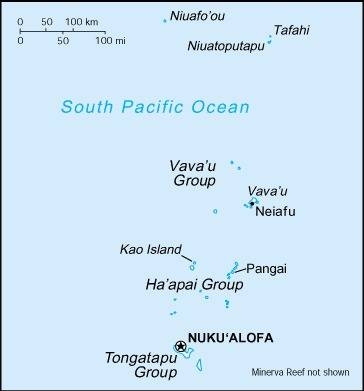
Source: CIA World Factbook

Area: 288 square miles
Inhabitants: 100.200 (2021), thereof 98 % Polynesians, 2 % Europeans, Chinese, Indians
Religions: 72 % Protestant, 15 % Roman Catholic
Density of Population: 347 inh./sq.mi.
Capital: Nuku'alofa, 35.200 inh. (2016)
official Languages: Tongan (Polynesian dialect), English
Currency: 1 Tonga Dollar (auch Pa`anga, La`anga, T§, TOP) = 100 Seniti
Time Zone: GMT + 13 h
Source:
Wikipedia (D)

antiquity · settlement by Polynesians
middle ages · evolution of the Kingdom of Tonga, later disintegration in three different kingdoms
28th of April in 1616 · discovery by the Dutch seafarer Willem Schouten
21st of Januar in 1643 · the Dutch seafarer A. J. Tasman visits the islands, so Tongatapu (he names it Amsterdam), Euva (Middleburg) and Nomuka (Rotterdam)
2nd of October in 1773 · rediscovery of the islands by the British seafarer James Cook, he names them Friendly Islands
1797 · English missionaries start their work
1820–1845 · unification of the island's kingoms under King Taufa'ahau
1855 · friendship treaty with France
1875 · first constitution, Tonga becomes a constitutional monarchy
1876 · friendship treaty with the German Empire, in 1977 confirmed
1877 · United Kingdom declares the islands to a component of the British Western Pacific Territories
1886 · Berlin Congress, Tonga becomes declared for a neutral area
19th of May in 1900 · Tonga becomes officially a British protectorate, official incorporation to the British Western Pacific Territories
1952 · Tonga becomes separated from the British Western Pacific Territories
5th of June in 1970 · United Kingdom grants independence
1999 · Tonga becomes a member of the UNO
Source:
Discovery '97,
Wikipedia (DE),
Volker Preuß

The name Tonga means "south" in the native language. This shows that the direction of settlement came from the north (Samoa).
Source: Handbuch der geographischen Namen


![]()
















![]()
